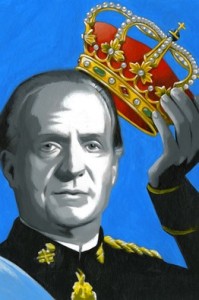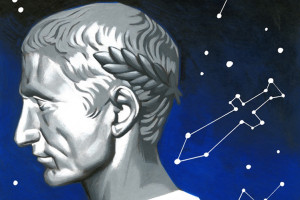Wildfire season officially began in September, but the long drought in parts of the U.S. has made the idea of a specific season seem almost redundant. According to the National Interagency Fire Center, the U.S. has already suffered 41,000 wildfires this year, resulting in the loss of 3.1 million acres.
Although fire remains one of the greatest dangers to human life, throughout history, its devastating power has been a source of both inspiration and innovation.
In 24 B.C., the constant threat of city fires led the Roman Emperor Augustus to institute the Cohortes Vigilum, the first municipal fire department. Its 7,000 freedmen acted as watchmen, day and night. Although Rome’s six-story wooden buildings and narrow streets made actual firefighting all but impossible, the Cohortes Vigilum helped make the city a safer place. If necessary, it had the authority to knock down whole streets—a crude but effective form of fighting fires.








